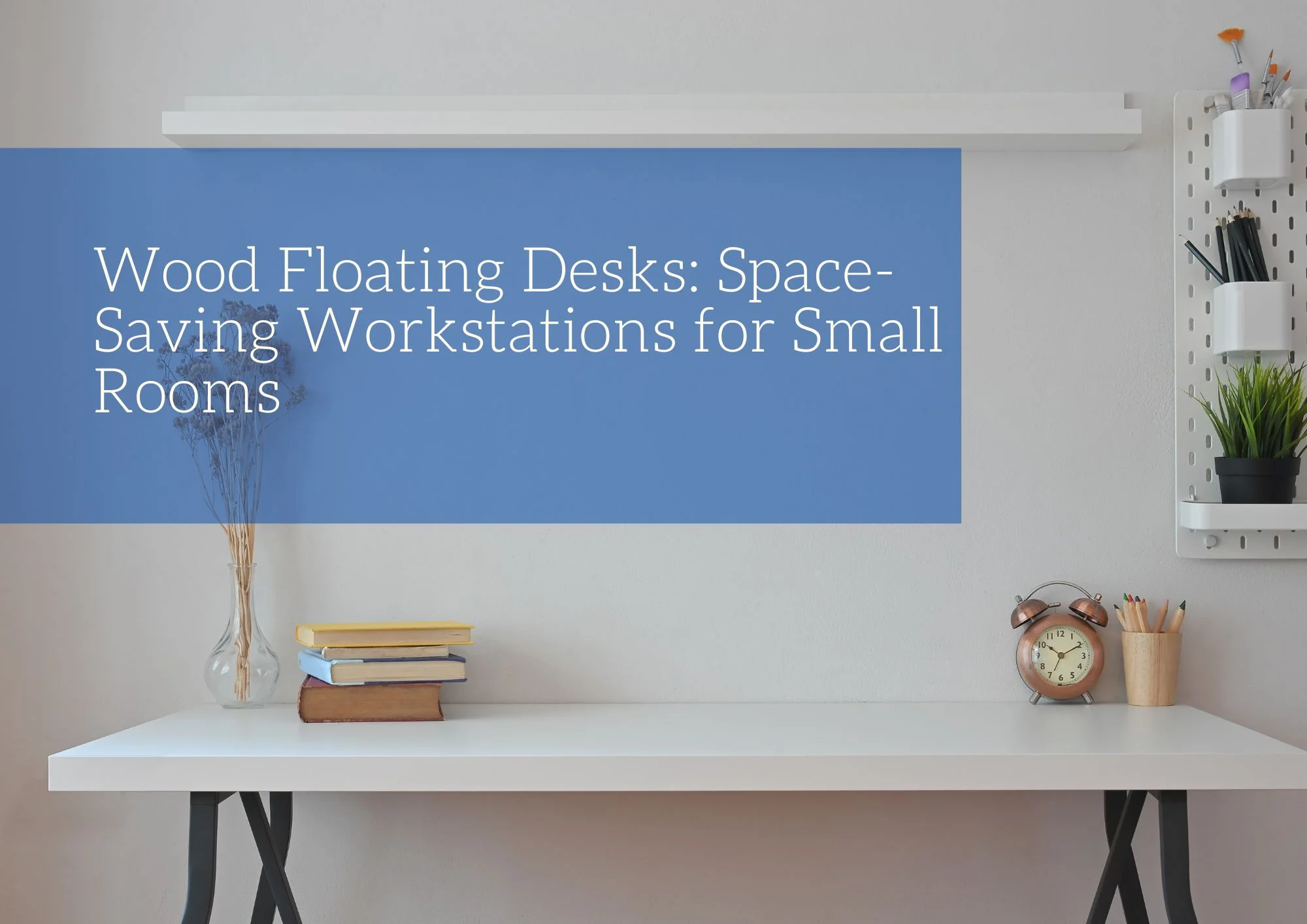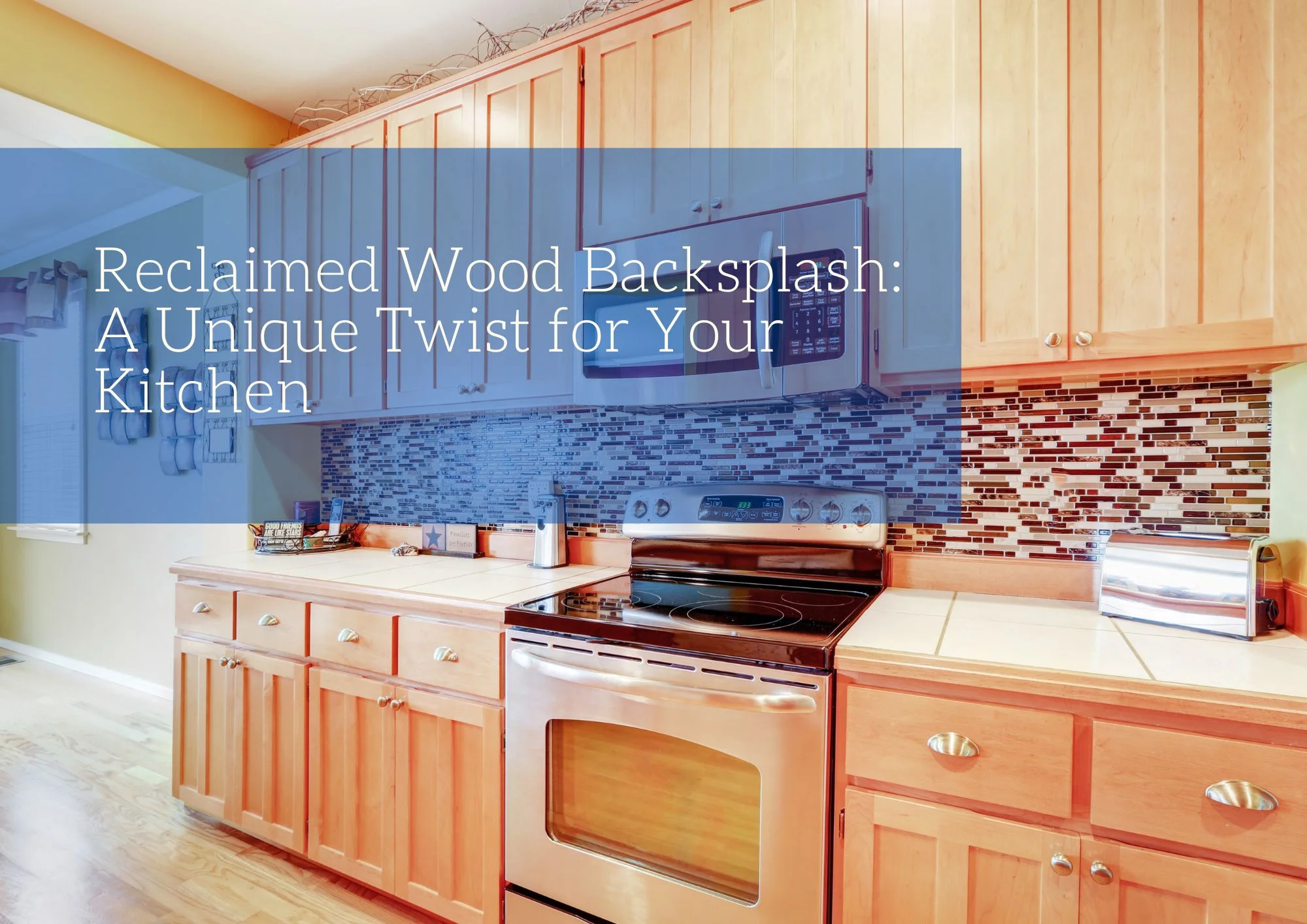In today’s world, creating a functional workspace at home is more important than ever, but not everyone has the luxury of a large home office. If you’re working with a smaller room or a compact living space, a wood floating desk could be the perfect solution for you. These sleek, space-saving desks not only help maximize your floor area but also add a stylish touch to your home decor. Let’s explore why wood floating desks are ideal for small rooms and how you can incorporate one into your space.
Why Choose a Wood Floating Desk?
- Space Efficiency: One of the biggest advantages of a floating desk is its ability to free up valuable floor space. Since these desks are mounted directly onto the wall, you won’t have to deal with bulky legs or extra furniture cluttering up your room. This makes them a smart choice for small bedrooms, living rooms, or even hallway workstations.
- Minimalist Aesthetic: Wood floating desks offer a clean, minimalist look that can easily complement a variety of interior styles, from modern to rustic. Their simple, streamlined design helps keep your room from feeling overcrowded, creating an open and airy atmosphere that’s essential in small spaces.
- Versatility: Whether you need a home office, a study nook, or a place for the kids to do their homework, a wood floating desk can fit the bill. Their compact nature allows them to be installed in various places around the home—from under a window to an unused corner. You can also find models that come with built-in storage, helping you stay organized while keeping everything within arm’s reach.
- Natural Beauty: A wood floating desk brings the warmth and texture of natural materials into your home. Whether you prefer the rustic charm of reclaimed wood or the sleek finish of a modern walnut desk, wood adds an organic element that softens the overall look of your space. Wood’s timeless appeal can make your floating desk a focal point in your room, blending seamlessly with your existing furniture.
How to Choose the Perfect Wood Floating Desk
- Size and Dimensions: Before purchasing a floating desk, carefully measure your space to ensure the desk will fit comfortably. Consider the depth of the desk—most floating desks are relatively shallow to save space, but you’ll want to make sure you have enough room to work comfortably. Some models can be as narrow as 12 inches, perfect for light tasks like using a laptop or writing.
- Style and Finish: There are many styles of wood floating desks to choose from. If you have a modern home, opt for a desk with clean lines and a smooth, polished finish. For a more rustic or industrial vibe, a desk made from reclaimed wood or with visible grain patterns may be a better fit. The finish of the wood can also help tie the desk into the rest of your room’s design—whether you prefer light oak for a Scandinavian feel or dark walnut for a more traditional look.
- Additional Features: Some wood floating desks come with built-in drawers or shelves, making it easier to store office supplies or decorative items. If storage is a priority, look for a design that includes these elements without compromising the minimalist appeal of the desk. Additionally, desks with cable management features can help keep your workspace tidy and free from clutter.
- Installation: Installing a floating desk requires secure wall mounting, as the desk needs to support your work materials and possibly electronic devices. Make sure you follow the manufacturer’s installation instructions, or better yet, consult a professional to ensure your desk is properly anchored. This is especially important if you plan to install the desk on drywall rather than a solid surface.
Design Ideas for Wood Floating Desks
- Floating Desk with Shelves: For an integrated workstation, consider a floating desk with shelves above or below. The added storage not only enhances the desk’s functionality but also creates a cohesive look. Use the shelves to store books, display decor, or house office supplies, maximizing both vertical and horizontal space in your room.
- Floating Desk by the Window: If you have limited space but want to make the most of natural light, consider installing your floating desk below a window. This creates a bright, inviting workspace where you can focus while taking advantage of your room’s best lighting. Plus, the desk won’t block the flow of light through the room.
- Compact Corner Floating Desk: Corner spaces often go unused in small rooms, but they’re perfect for a compact floating desk. Installing a desk in the corner allows you to create a cozy, efficient workspace without taking up much square footage. Choose a desk with a triangular or L-shaped design to make the most of your corner space.
- Fold-Down Floating Desk: For the ultimate space-saving solution, opt for a fold-down floating desk. These desks can be mounted on the wall and folded up when not in use, transforming into a sleek panel that blends with the room. It’s a practical choice for those who want a temporary workspace in a multifunctional room.
A wood floating desk is a stylish and practical solution for small rooms, offering a functional workspace without taking up precious floor space. Whether you need a dedicated home office or a simple spot for casual tasks, these desks provide the flexibility, aesthetic appeal, and functionality you need in a compact design. With the right desk and thoughtful placement, even the smallest room can become a productive, organized workspace.










